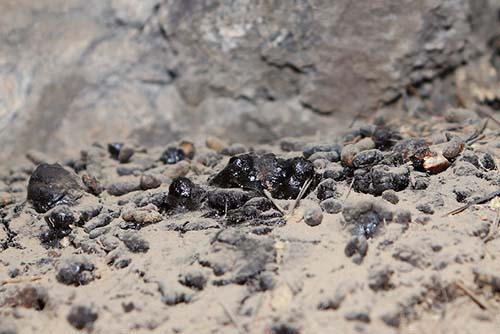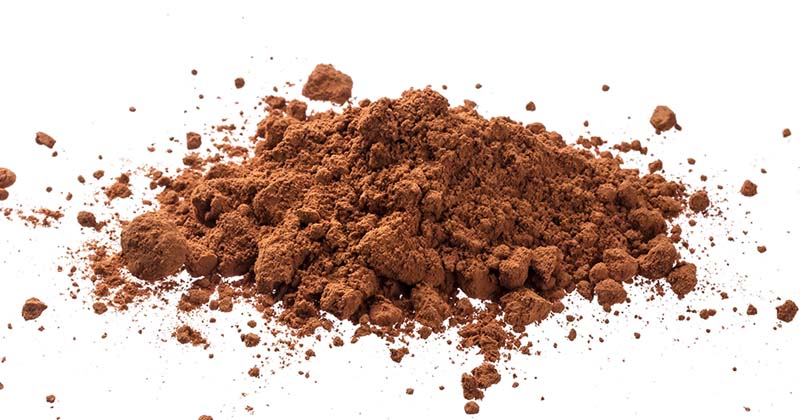Shilajit and fulvic acid are both health supplements with a wide range of benefits including balancing gut flora, boosting immunity, reducing inflammation and improving skin and hair appearance. These supplements are often talked about interchangeably but they are not the same thing.
Here’s what you need to know about the difference between shilajit and fulvic acid – and which one is better for your health.
Quick Answer:
Shilajit is the name for a sticky black substance which can be found oozing out of rocks, especially on high mountain ranges. Shilajit contains fulvic acid, a complex compound which has many known health benefits. Shilajit is generally considered healthier. However, shilajit is usually more expensive than fulvic acid because it has to be collected. However, fulvic acid supplements tend to be cheaper and often have standardized amounts. For these reasons, fulvic acid supplements might be the better choice.
Also read:
How They Are Made
Fulvic acid is created when microbes break down organic matter. You can find fulvic acid throughout the world in dirt, sand and rocks. Supplement brands extract fulvic acid (usually from shale rock) and concentrate it.
Shilajit is also made by microbes breaking down organic matter. But, it can’t be extracted in lab like fulvic acid. Instead, shilajit is only made from specific species of plants and on high mountains. The sticky yellow-black byproduct of the decomposition process gets absorbed into rocks (the entire process can take centuries). When the weather gets hot, this sticky substances starts oozing out of the rocks. This is when it gets collected.

Which Is Healthier?
Both fulvic acid and shilajit supplements can provide health benefits but, overall, shilajit is generally considered better for health. Shilajit not only contains large amounts of fulvic acid, It not only contains large amounts of fulvic acid, but can contains other humic substances and minerals which improve health. It also has a much longer history of use and a lot of research supporting its health benefits. There isn’t nearly as much research on fulvic acid, especially on human subjects.
However, some brands dilute their shilajit products. Unless the brand tests their product, there is also no knowing how much fulvic acid is actually in the product. Because of this, taking fulvic acid (from a brand which lists the actual amount) could provide better benefits than taking shilajit.
Price
Shilajit has to be collected in nature and it isn’t always easy to find. Once it is, it must be carefully processed to remove impurities. Because of this, shilajit can be very expensive. To make matters worse, a lot of shilajit comes from the Russian Altai Mountains. The current sanctions on Russia could make shilajit even more expensive.
By contrast, fulvic acid can be produced in a lab. It is usually extracted from shale rock deposits, which are readily available. The extract still needs to be concentrated, but the final product still ends up being cheaper than shilajit.
The Brand Matters Too
Regardless of whether you choose to go with shilajit or fulvic acid, it’s really important that you choose a reputable brand — particularly one which does third-party testing. Because these are natural products, there have been cases where shilajit and fulvic acid were tainted with high levels of pollutants like arsenic and lead. I suggest these good brands of shilajit and these brands of fulvic acid.

